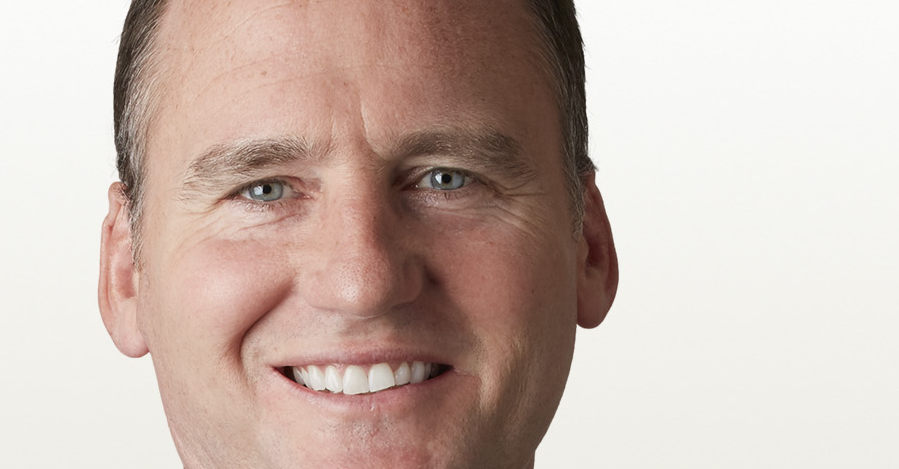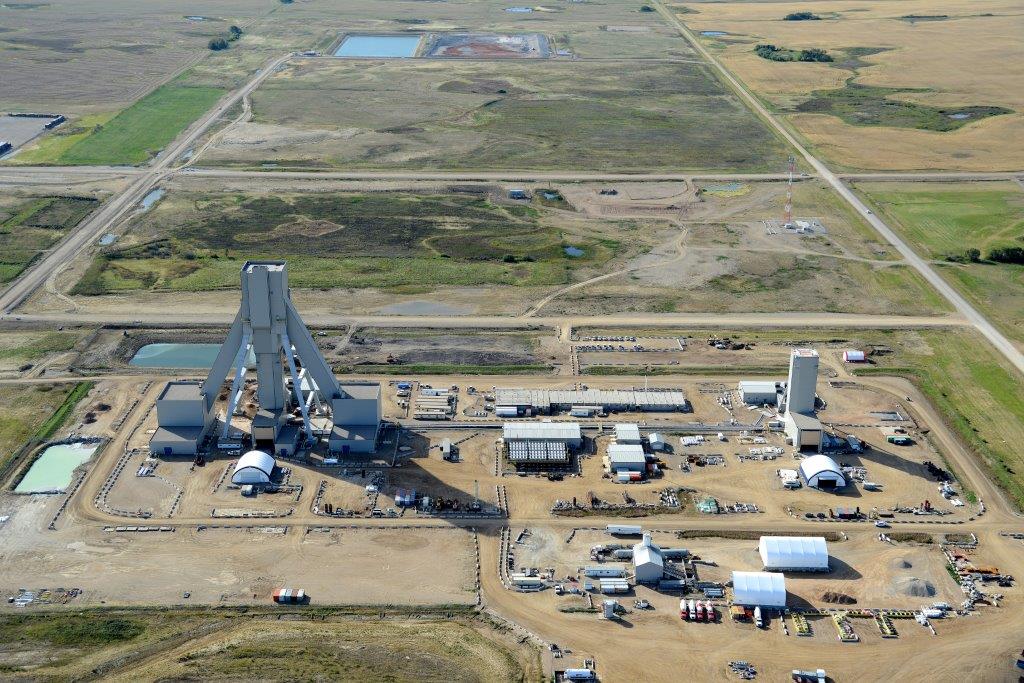
Last month, BHP gave into demands from activist investor Elliott Advisors announcing that it’s actively seeking to exit oil and gas, a business it acquired just six years ago for $20 billion (and worth much less today).
Elliot – and other investors – also had harsh words for BHP when it come to potash after the Anglo-Australian giant made the crop nutrient a pillar of its longer-term ambitions.
BHP’s commitment to the ambitious and at $12 billion-plus if built to capacity, expensive, Jansen potash project in Saskatchewan is set to be tested again.
In his first public comments since taking over the role on September 1, new BHP chairman Ken MacKenzie vowed “to bring a fresh perspective to management’s ongoing process of reviewing the portfolio”.
Elliott welcomed Mr MacKenzie’s appointment in June, calling it “a constructive step in bringing much-needed change to the direction of BHP”.
In the company’s annual report released on Wednesday, MacKenzie said he’s toured BHP’s major assets – including Jansen – since joining the board a year ago.
He also addressed BHP capital allocation strategy:
The Group has first-class assets which generate significant amounts of cash in almost all phases of the commodity cycle, and the way we allocate that cash going forward is going to be an important determinant of how much shareholder value is created.
The Board strongly supports the capital allocation framework that your CEO, Andrew Mackenzie, established at the beginning of 2016. It is, however, a framework, and since its inception, the Board and management team have been working together to strengthen its application.
This work is ongoing.
Another one of MacKenzie’s priorities after going on a “listening tour” and meeting with shareholders of the $100 billion company is to review the composition of the board, another one of Elliot’s gripes.
Like his predecessor, MacKenzie does not have a background in mining. Canadian by birth, MacKenzie spent 23 years at Australian packaging company Amcor, the last decade as chief executive.

At capacity Jansen could produce 8 million tonnes of potash a year or nearly 15% of global output. Image: BHP